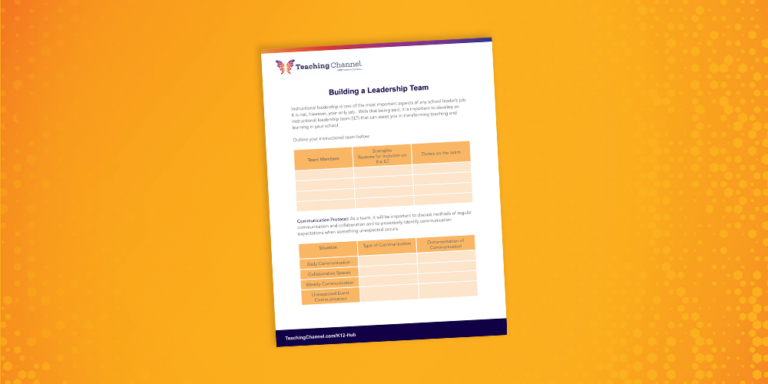
Transcript
In the early 1900s, parents and teachers began to notice the link between a child’s level of nutrition and their academic performance. Through legislation and collaboration with food vendors, schools began to build lunch—and eventually breakfast—programs in an attempt to combat hunger and malnutrition. Let’s take a look at nutrition standards in public schools and how they have changed from 1930 to today.
1930s
The Great Depression forced schools to take in surplus goods from American farmers, so as to save money. What schools could get from local farmers is what they served, whether it was balanced or not.
- Lima bean and barley soup
- Bread-and-butter sandwich
- Whole wheat chocolate pudding
- Milk
Total cost: 10 cents
1940s
The National School Lunch Act is passed, expanding school lunch programs throughout the country and providing free lunches to underprivileged students.
- Chipped beef
- Boiled carrots
- Rolled oats and prune pudding
- Milk
Total cost: 15 cents
1950s
Rich, protein-heavy dishes are common during this time when private companies begin contracting with school districts.
- Liver-sausage loaf
- Pork-apple salad
- Honey date cookie
- Milk
Total cost: 30 cents
1960s
With the integration of black and white Americans in most schools, the student population increases and the cafeteria becomes more streamlined.
- Country-fried steak
- Carrot relish
- Cornmeal yeast roll
- Peanut butter cake
- Milk
Total cost: 40 cents
1970s
In a national response to concerns over growing childhood obesity, more fresh fish and vegetables were served.
- Vegetable soup
- Whole wheat bread with mustard nut butter
- Whole orange
- Milk
Total cost: 50 cents
1980s
This is the infamous decade of ketchup being deemed a vegetable. National nutritional guidelines are changed, allowing schools to use processed food.
- Chicken nuggets
- French fries with ketchup
- Fruit in syrup
- Jell-O® pudding
- Juice
Total cost: 80 cents
1990s
Vending machines become popular in schools, and schools make deals with local fast food vendors. Students are also able to pick their own sides, drinks and desserts.
- Chick-fil-A® sandwich
- Fries with ketchup
- Gummy fruit snacks
- Soda from vending machine
Total cost: $5.50
2000s
Mounting concerns over childhood nutrition and obesity lead schools to allow healthier options for kids, though fast food was still served.
- Salad from salad bar
- Cheese fries
- Sweet tea
Total cost: $4.00
2010 – Today
The Healthy Hunger-Free Kids Act is signed, and school lunch nutrition standards are reevaluated. Healthy eating gains cultural momentum, and students are encouraged more than ever to make better choices.
School lunch has now become a $10 billion a year business. (1)
- Turkey hot dog
- Roasted summer squash
- Broccoli florets with ranch dressing
- Water or milk
Total cost: $3.00
Sources






